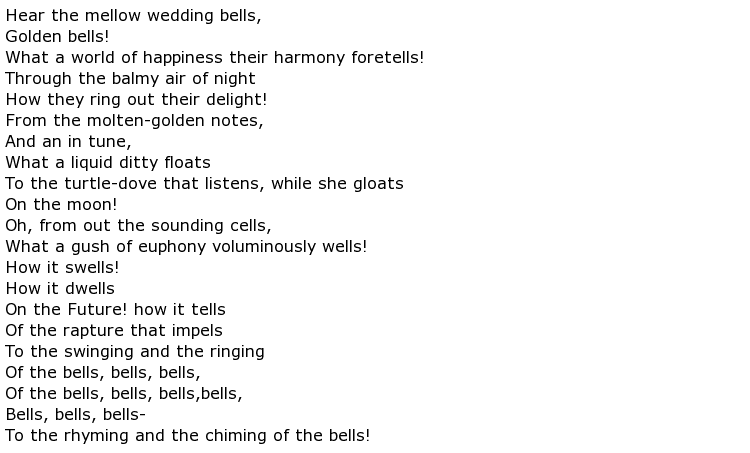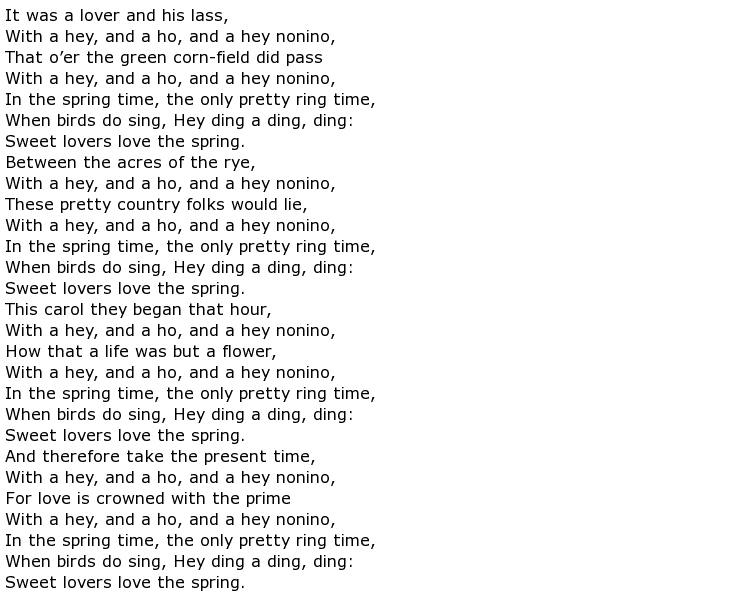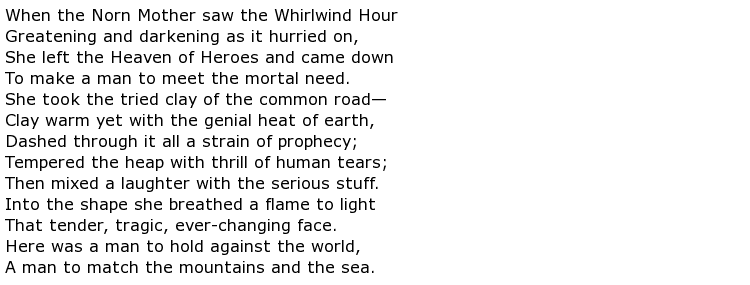 There are many different literary devices used by authors and poets to help create interest and creativity I their writings. Whether it”s the use of metaphors or similes, foreshadowing or flashbacks, or various rhythm or rhyming schemes, they all help the writer to produce enjoyable works of written art. One of the many literary tools used, especially in poetry, is alliteration. There are also two related devices that can be compared to alliteration — in fact they are often one in the same, yet, they can be isolated and recognized for their own unique contributions.
There are many different literary devices used by authors and poets to help create interest and creativity I their writings. Whether it”s the use of metaphors or similes, foreshadowing or flashbacks, or various rhythm or rhyming schemes, they all help the writer to produce enjoyable works of written art. One of the many literary tools used, especially in poetry, is alliteration. There are also two related devices that can be compared to alliteration — in fact they are often one in the same, yet, they can be isolated and recognized for their own unique contributions.
Alliteration is essentially the repetition of the beginning sounds of adjoining or neighboring words in a line of verse. Then there is assonance, which is the repetition of the vowel sounds in adjoining or neighboring words. The other related idea is consonance, which is the repetition of the same consonants between adjoining or neighboring words. It is possible to have all three devices found in the same line of verse, although we usually see only two at a time. A carefully crafted poem can make interesting use of these tools, providing a wide range of affects. One poet who frequently uses alliteration in his work is Edgar Allan Poe. This American poet seemed to enjoy the word play and aural pleasure that one received by listening to lines filled with assonance and consonance, as well as they usually ending rhymes.
The Bells (an excerpt)
by Edgar Allan Poe

One might also find another type of repetition within a line of verse which might be similar to alliteration. This is the recurring use of words or phrases. Many different kinds of poetry, from ballads to nonsense rhymes, make use of this type of repetition. Sometimes these repeated syllables or words serve to accentuate the tempo or rhythm of the verses or merely to add an extra beat to help complete the pattern of the line. This type of patter, which can involve alliteration, is given in this wonderful example by William Shakespeare.
A Lover and His Lass
by William Shakespeare

Alliteration is also used in place of rhyme. There are both audible and visual benefits of using alliteration. While we usually consider the sounds that words make as they are spoken, there is something appealing in seeing poems in print that have made use of these wonderful literary devices. Especially among contemporary poets, alliteration has come to be used as a much more broader tool for creating tempos and creative sounds within each line of verse. This becomes especially useful for poets who are fond of free verse. An example of that can be found in Edwin Markham“s use of alliteration in poems which are both unrhymed and utilizing blank verse.
Lincoln, The Man of the People (an excerpt)
by Edwin Markham

As students of poetry learn more and more about the uses of these different techniques and devices, they will begin to gain a much broader appreciation of the purpose and benefits of each one.


You must register to comment. Log in or Register.